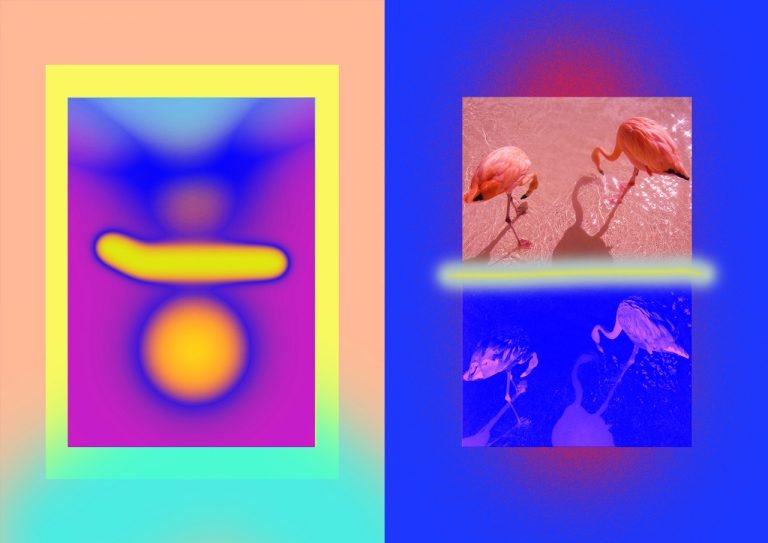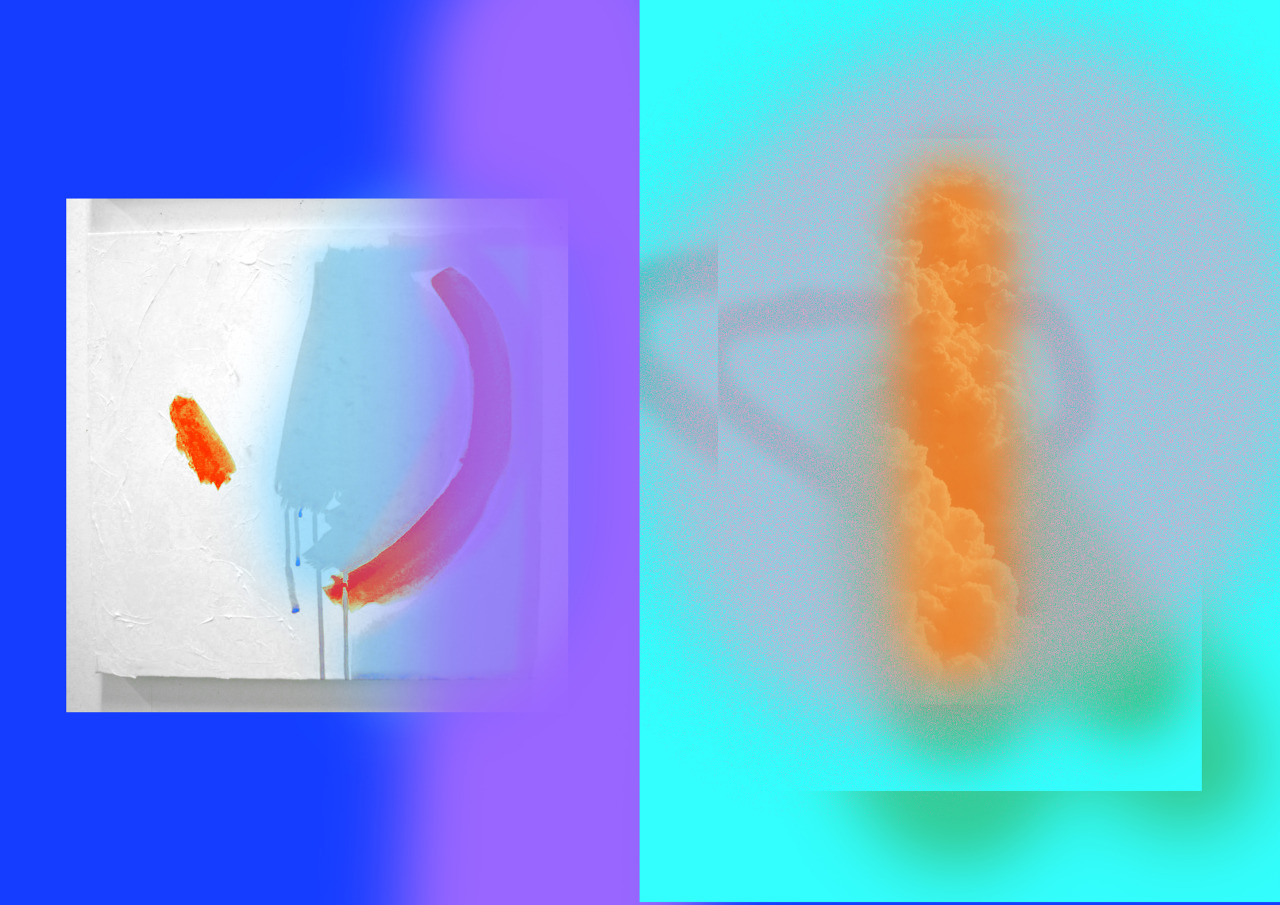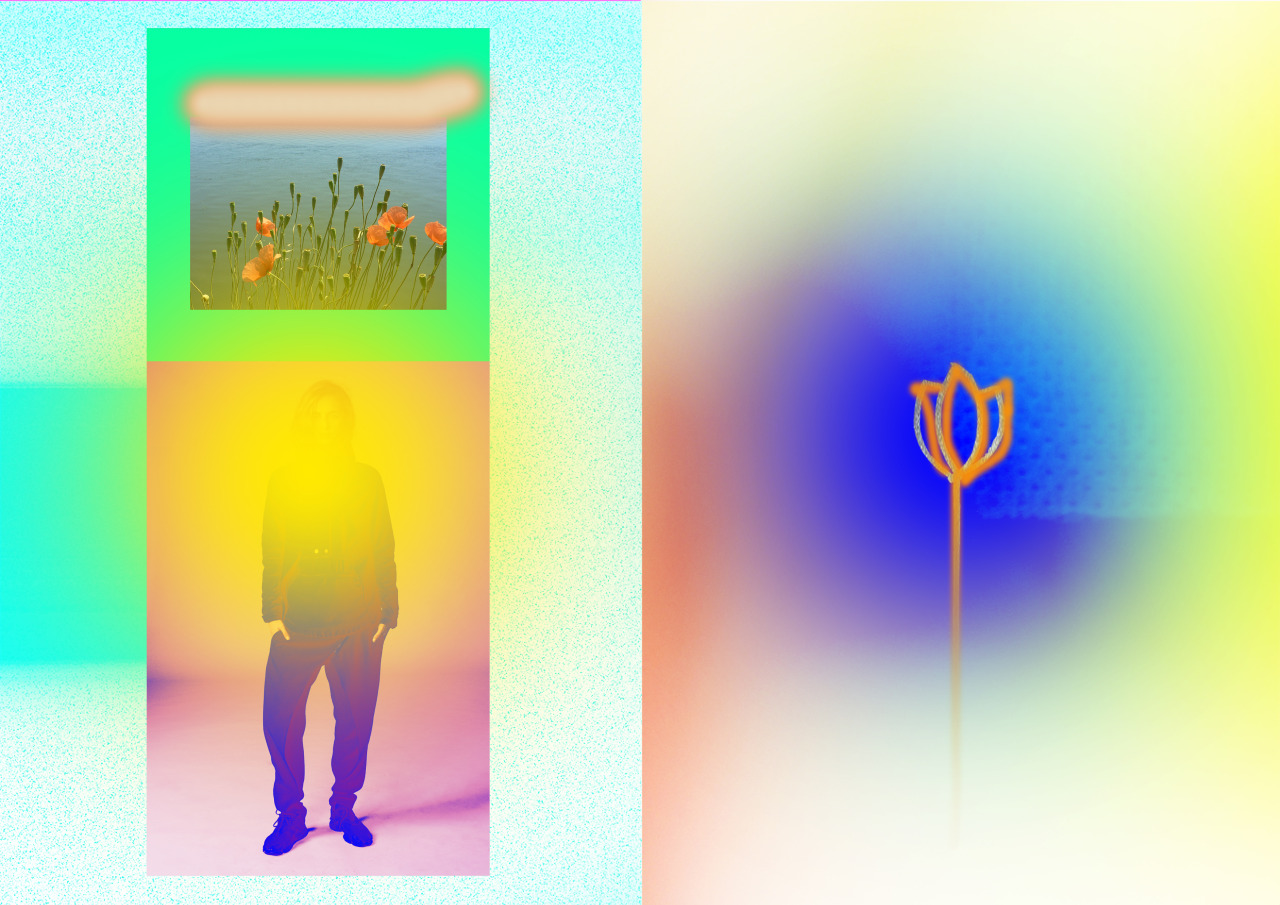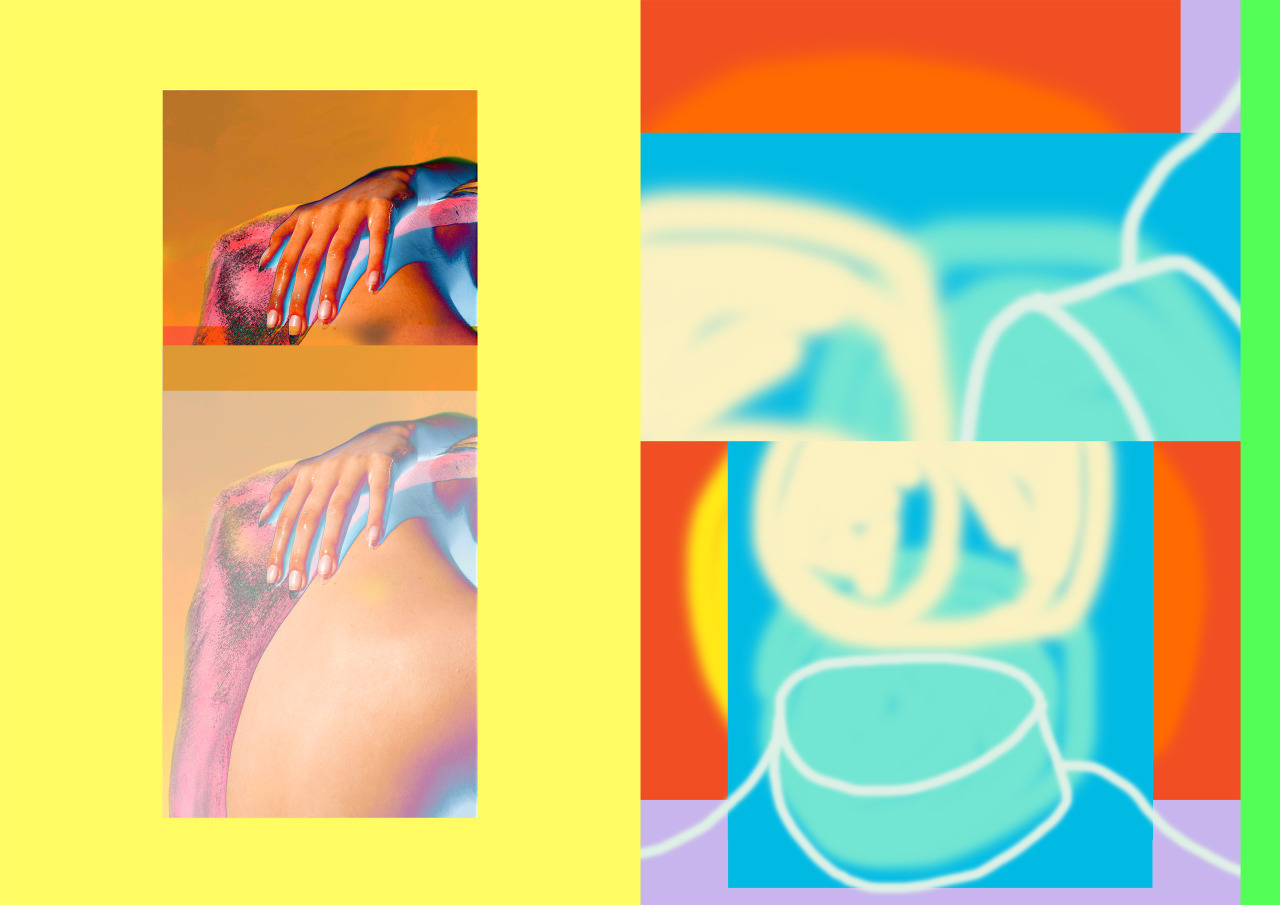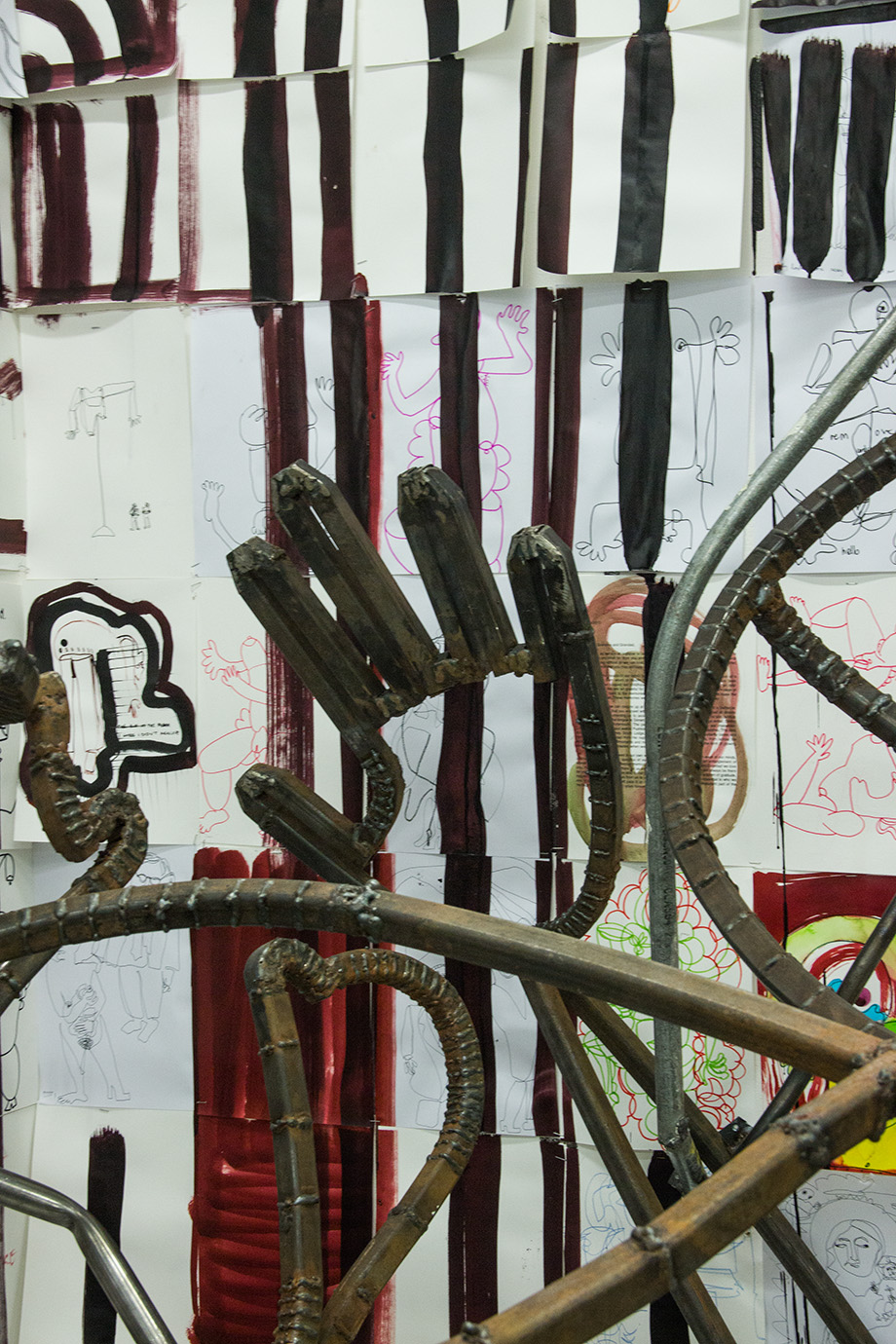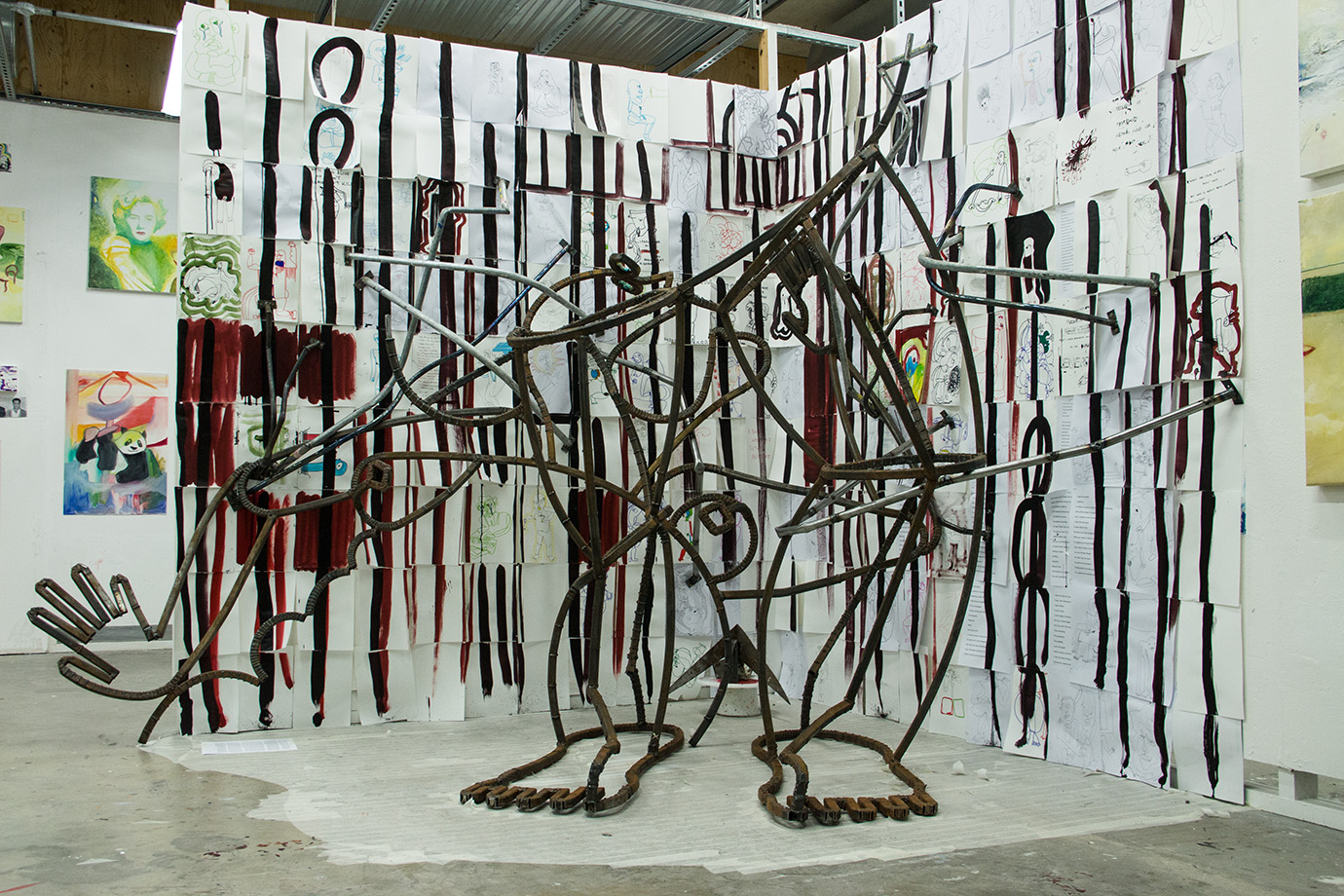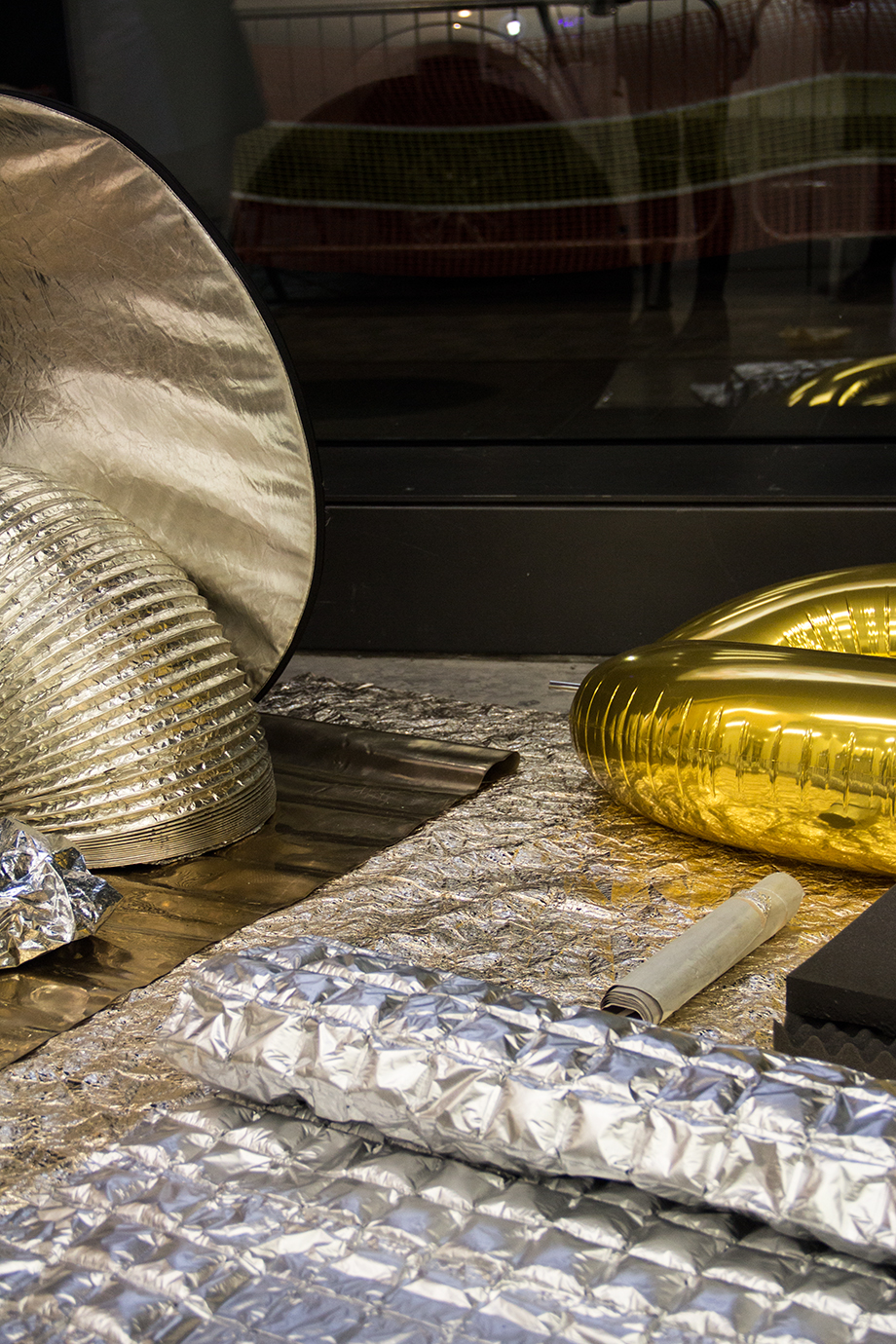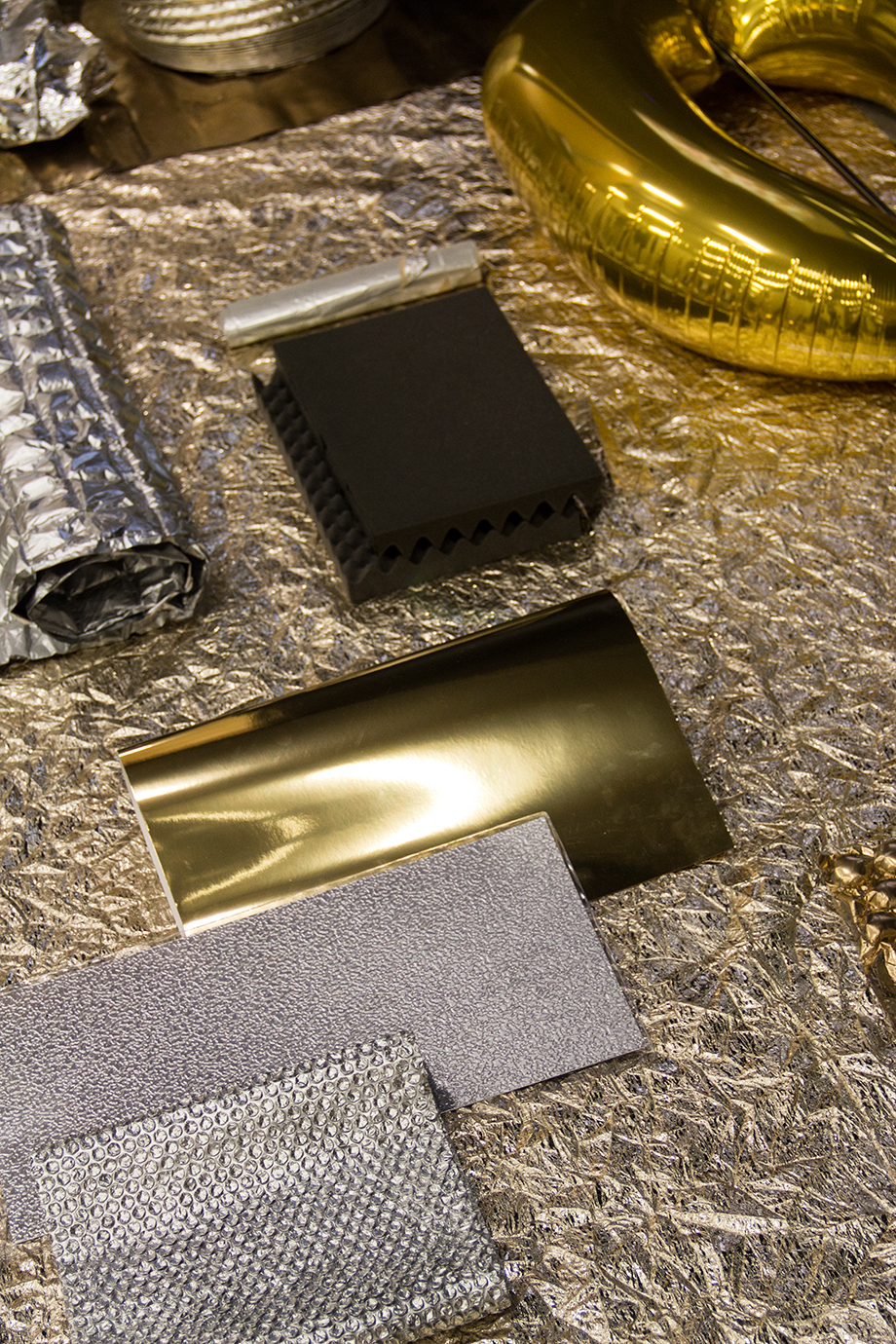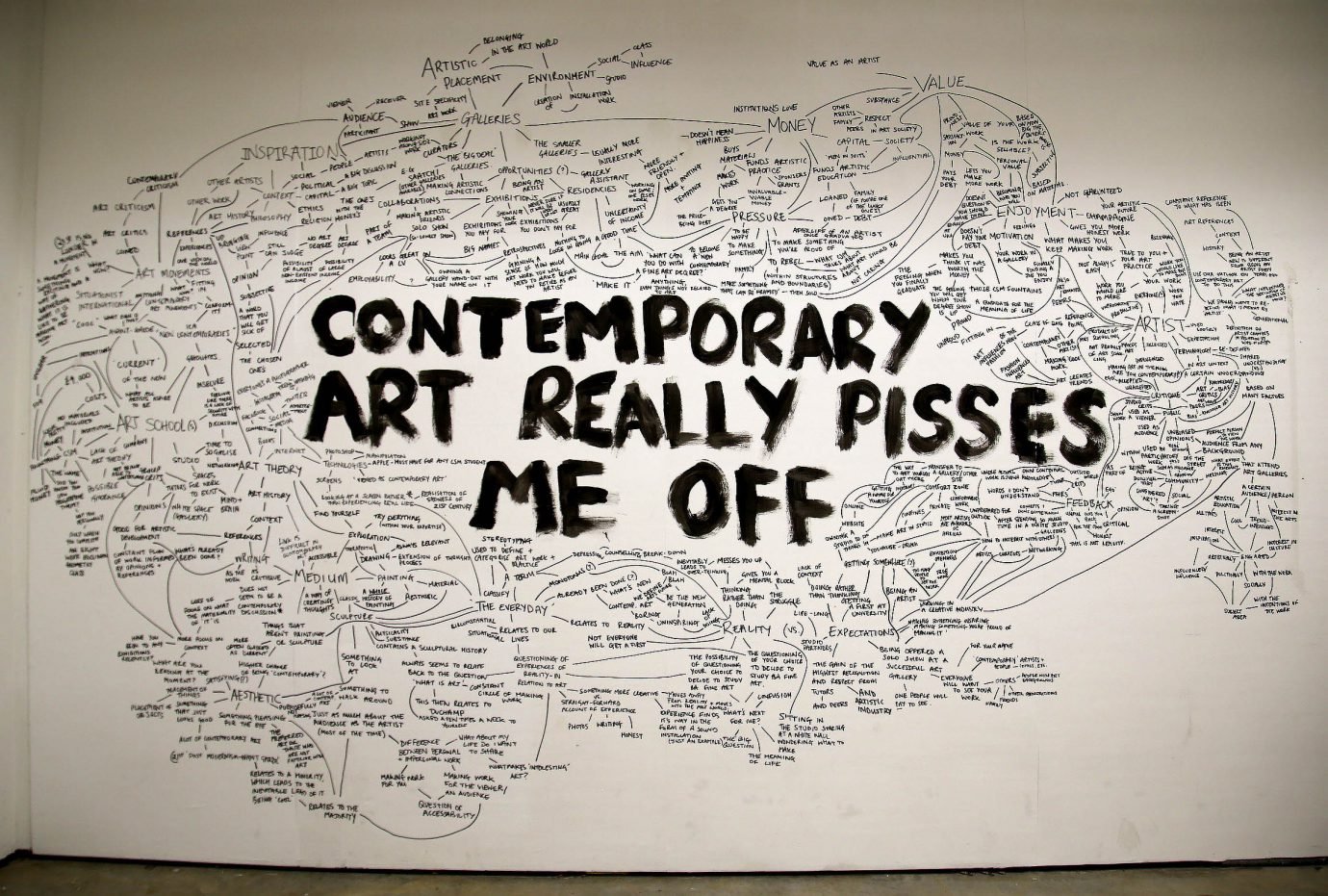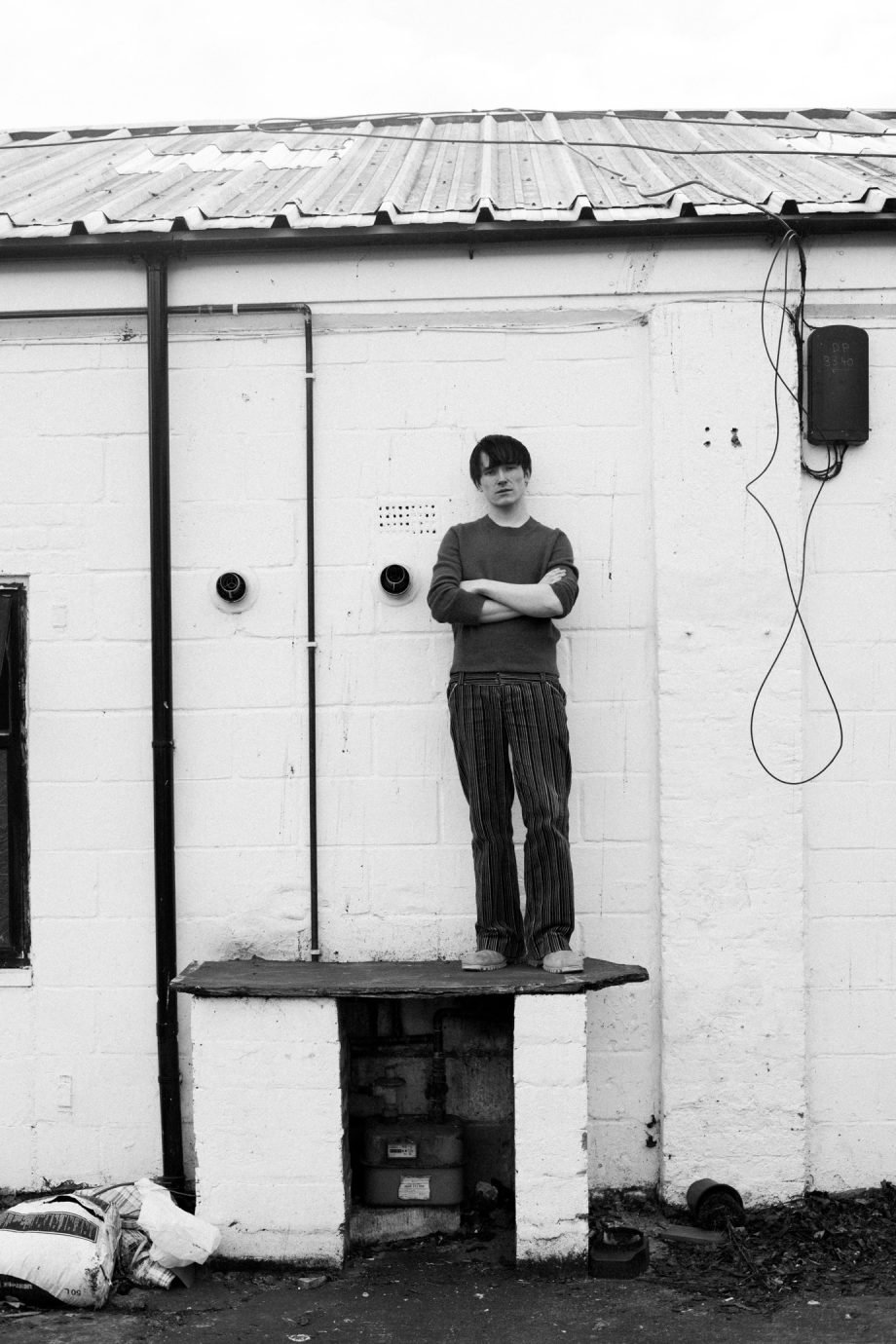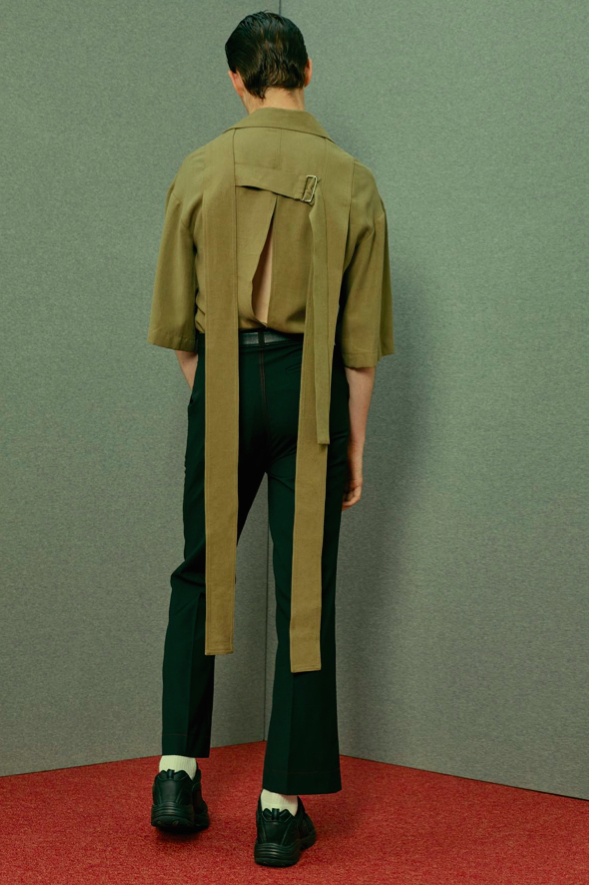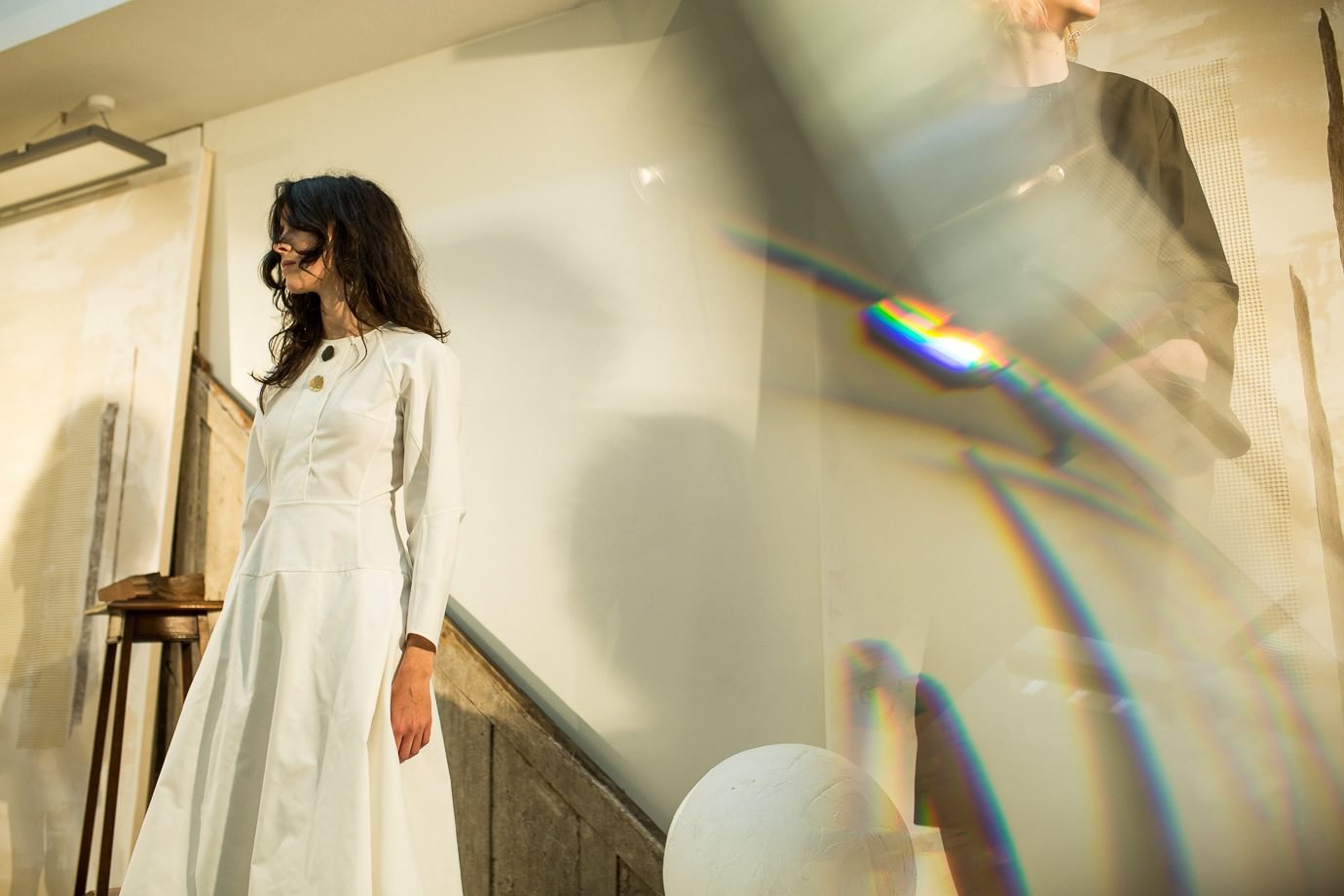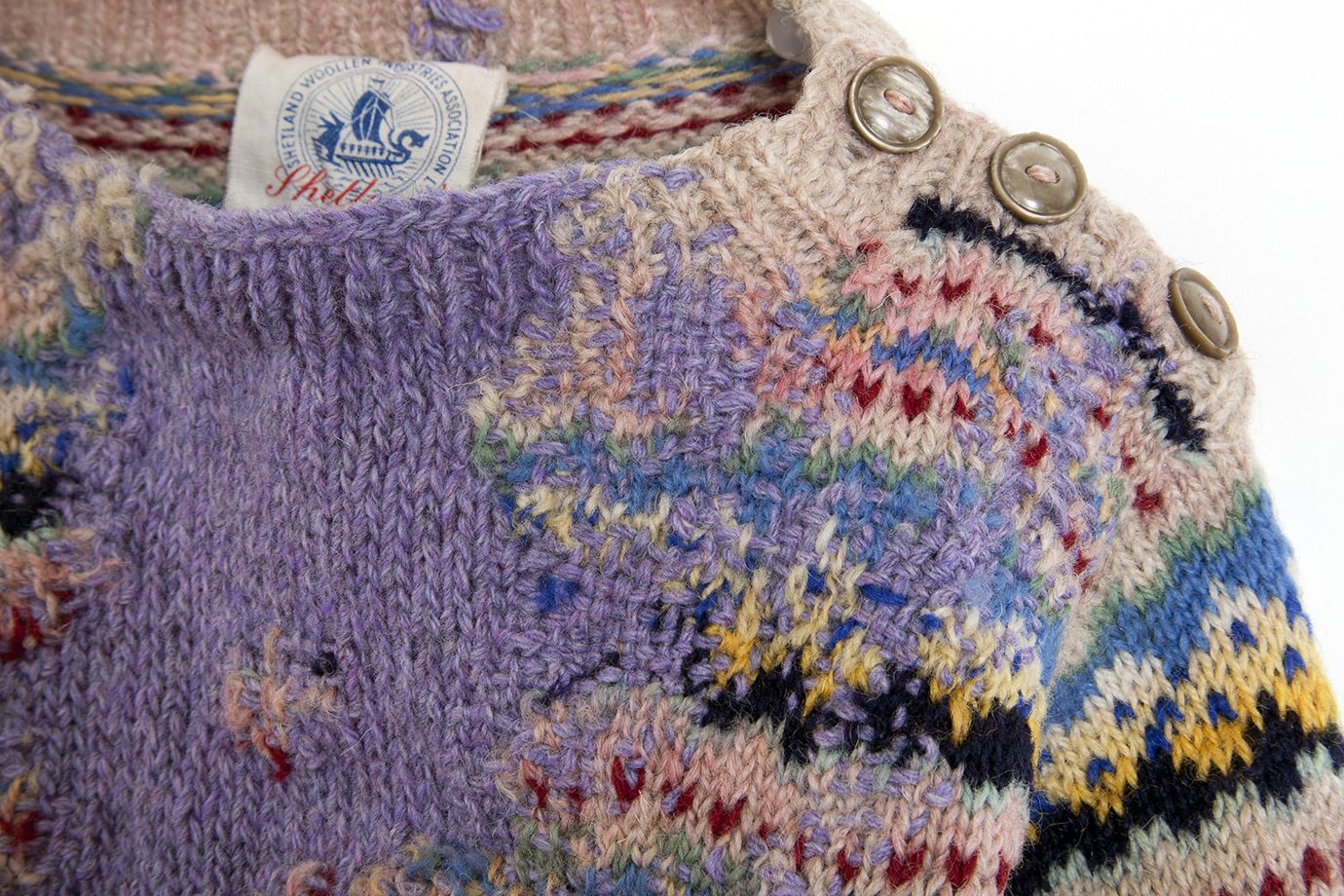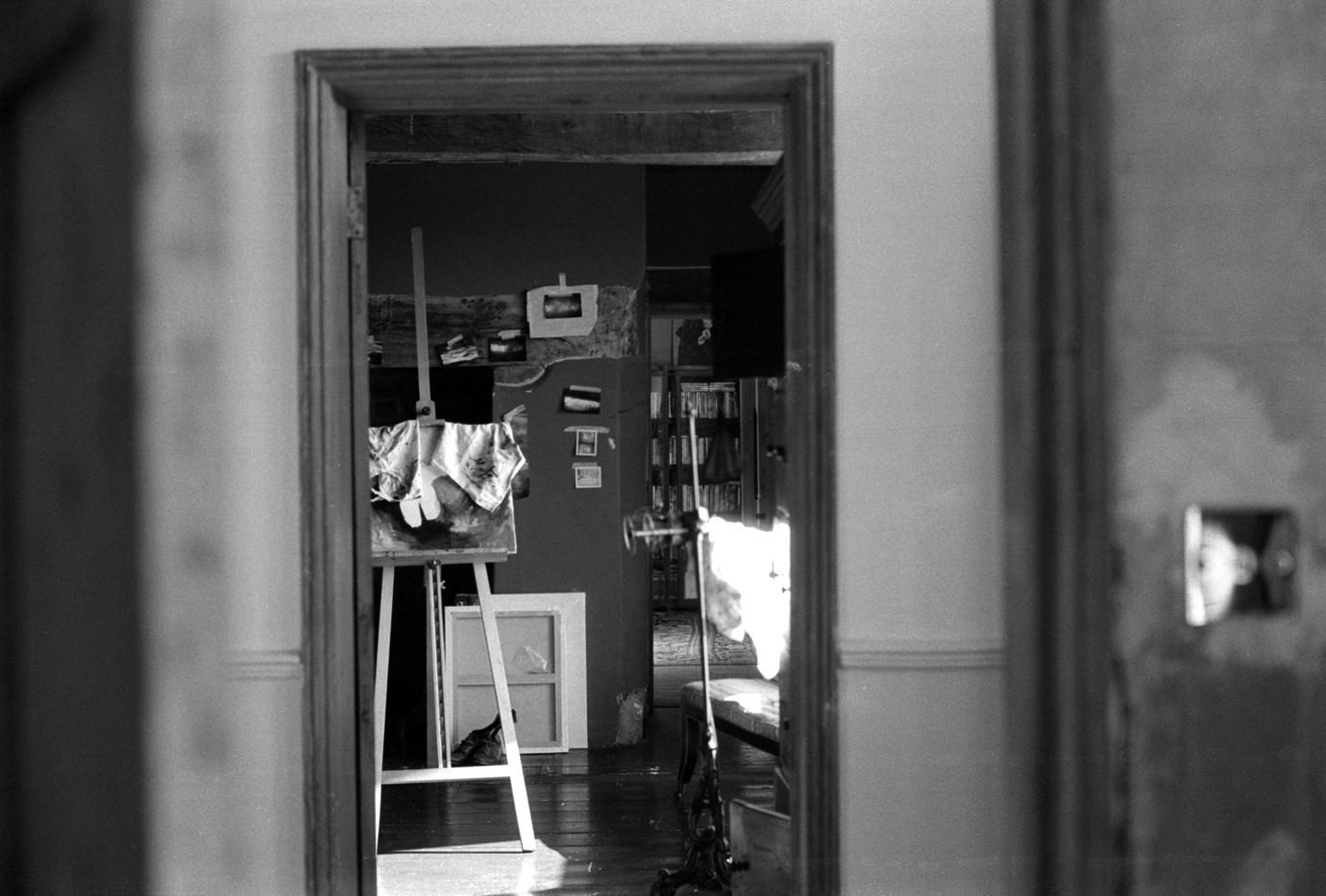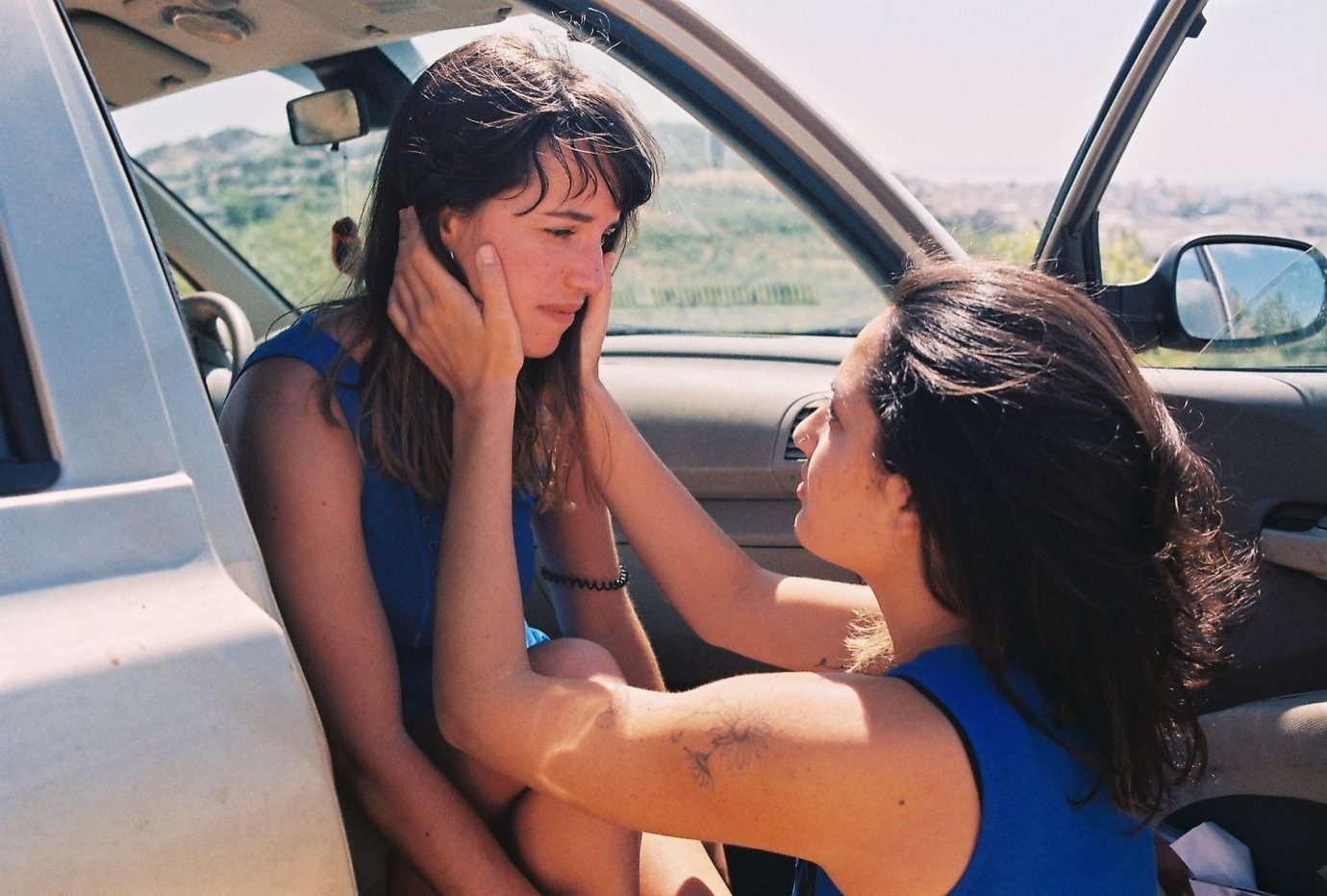If there is one thing that will surely play with your mind while studying Fine Art, it may very likely be the fact that you need a solid concept behind your work. While artist Andreas Emenius was studying, he always found it a rather pointless exercise, and so did Robert Storey, who decided to go into set design after graduating instead of writing lengthy explanations about what’s at the core of his artistic practise. One of the big questions that arises, then, is whether making art for the sake of it being visually pleasing is ‘acceptable’ within the curriculum or not. We spoke with three Fine Art students while they were exhibiting their works in progress, to find out what their take on the subject matter is.
Could you tell us a bit about your art practice and what your work is about?
It’s mainly about holding a good intention. I wish to be of benefit to others and at the same time try to not let negative mindsets arise during the work. It comes from a familiarity of working in a conceptual manner, which enabled me to actually alleviate from that particular way of working and instead develop a more spontaneous, non-conceptual art practice.
Your work sounds very much like a way of life, compared to something that’s based on a certain thing or issue?
Yes. There is a lot of iconography and symbolism that plays with words. Linguistics poetry plays a big role in the work. The words are similar to a visual expression, but with sounds: there’s a rhythm and rhyme to it. It’s about playing with implicit and explicit meanings. I tend to give as much explanation as possible, for others to understand it as much as they can, but I am not going to carry or guide them.
Can you tell me more about your installation?
It’s based on having free reign over decorating your own room for the first time. Most probably you went to Ikea and dragged your mum along to every nook and cranny. You had this vivid image within your mind of your room. More often than not, it came out the way you wanted it to, and that shows the power of wishing and intention.
Your work is very vibrant and pink, does that play a part?
Yes, on a subtler level. I have an awareness of colour that I’ve learnt from doing. What are you doing when you’re talking about colour? You’re not practicing colour!
You wear a lot of blue, why is that?
The first blue that I bought was royal blue. It helps me to stay close to the notion of The Passion; the wish to alleviate others from suffering which is caused by negative minds. I think I’m known as the boy who wears blue. There’s an icon on my website and my work which is a buoy. So it’s buoy blue. It’s about trying to float rather than sink.
Alexandra Gribaudi
What are your main issues or concepts?
I really follow what I feel, and often it ends up being a reflection of the research that I’m doing on the side. This piece, for example, was a reflection on the recent Paris attacks, the war in Syria and Iraq, and the global situation at large.
Are you mainly influenced by current events?
Yes, but also a lot of affect theory and fiction. At the moment I’m reading short stories by Jeanette Winterson, and her ‘linear’ writing can be incredibly nonlinear at times, go around in circles and really reflect the way that we feel life, rather than how life is, or the ideas that we are taught surrounding this all-encompassing topic.
What is your dissertation about?
It explores the ways in which we are educated to see and experience reality, and how this often makes the notion of ‘reality’ rather limited and deviates it from the instinctive ways of exploring the world, like you used to do when you were a child. It tries to show how art can be a way of returning to that idea of living. However, the art world has become very much a part of a system that implements those ways of categorising reality, by the ways in which it is structured nowadays: it has become a real ‘industry’.
Jess Young
What is this piece about, and what are your main concerns within your practice?
I didn’t have a studio space for six months and worked a lot through using Instagram and my computer: the digital sphere became my studio space. After working in this virtual way for a while, I really missed making things and having different tactile patterns, looks, plastics. I went a bit nuts and started collecting things that were either brightly coloured or had a material quality that made you want to grab, squeeze and touch it.
Is this a piece you want people to interact with?
I’m not sure. Intuition and being satisfied by something isn’t a thing that you can’t dictate. It’s very personal to each person. It should be a feeling you have, not an instruction.
What is your dissertation about?
It’s about how sculpture can exist in a virtual space. Some artists make a website and that’s their final piece, and the question is whether you could regard that as sculpture or not, because it has form, 3D rendering, and looks real.
Some of my friends made things they thought they were supposed to make. You can see straight through it. The minute they started making stuff they liked and found important, the authenticity came through! That’s what makes it strong! It’s about actually getting pleasure from doing the work, not doing a practise that’s based on the idea of ‘I’m going to this school, so I must put all this meaning’. Not that it doesn’t matter, but it’s then based on a fake meaning.
What do you think about art and fashion working alongside each other?
It’s fine, if you just ask me, then we can collaborate!

